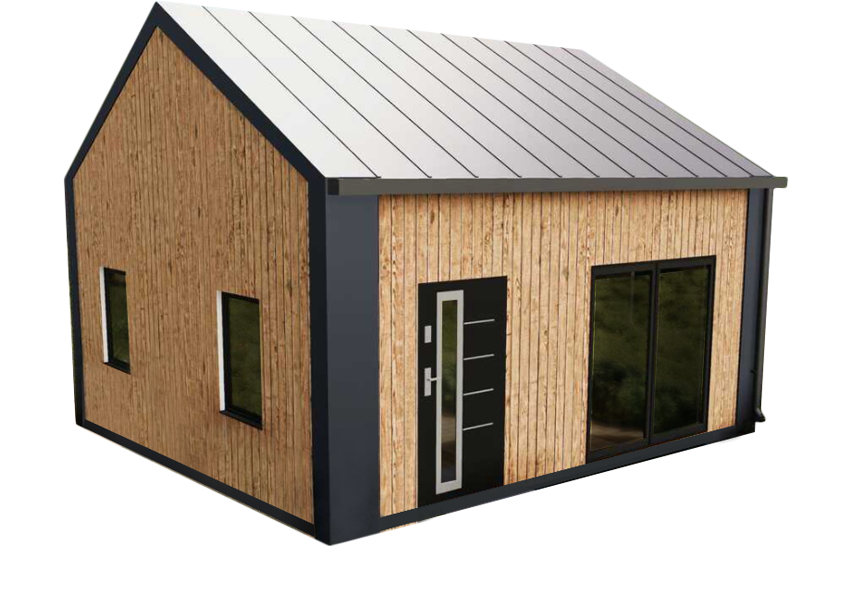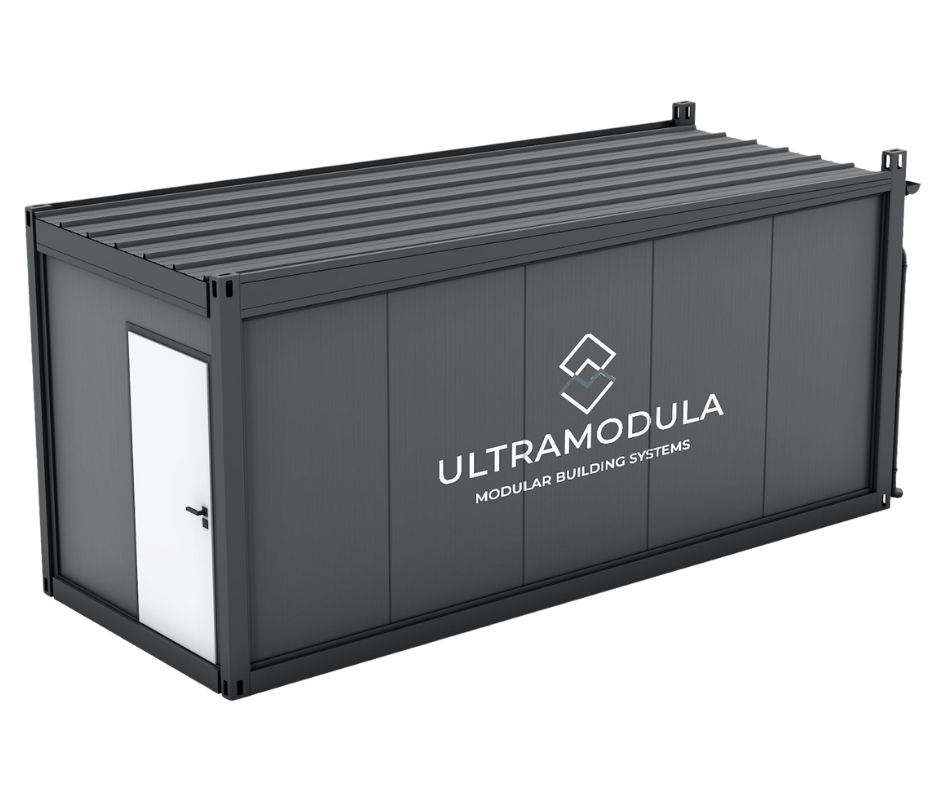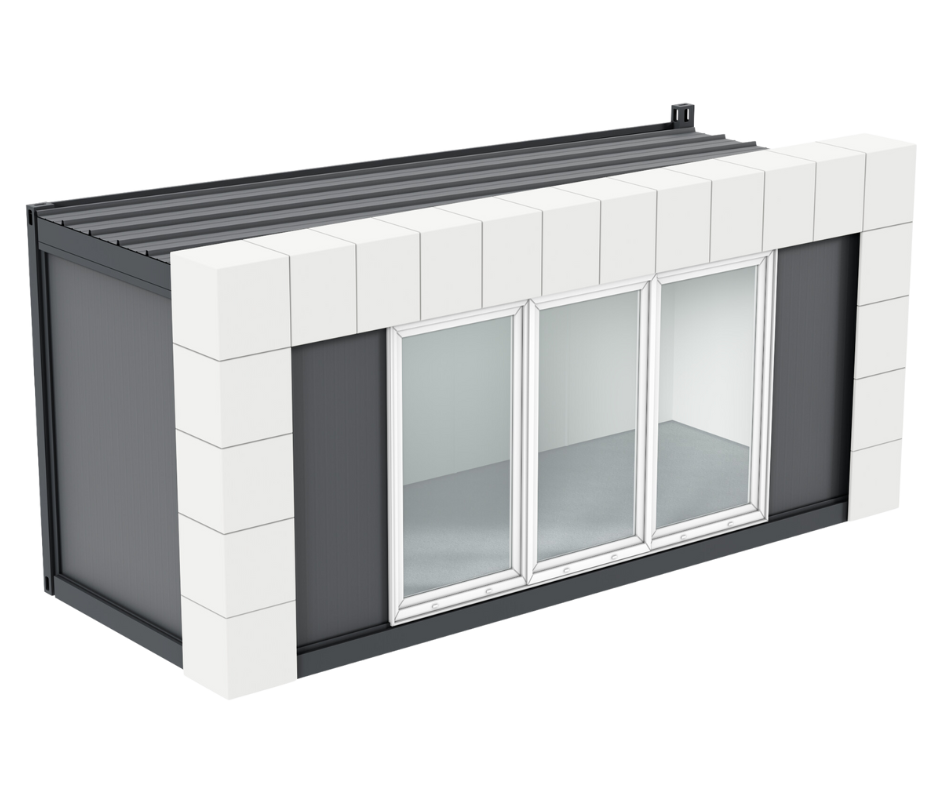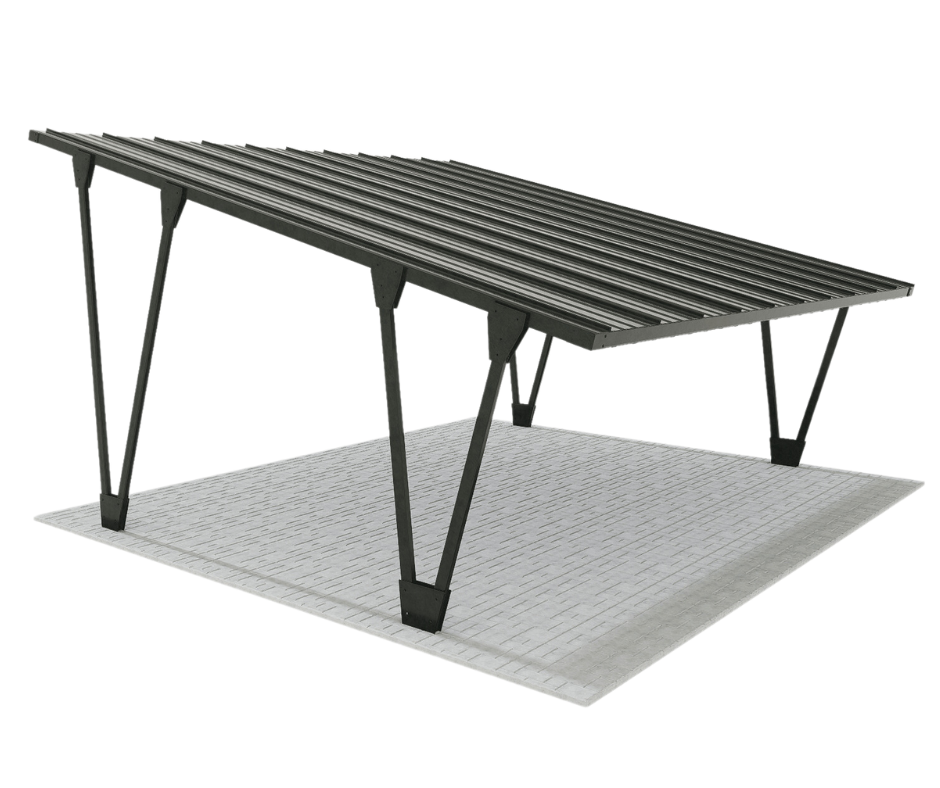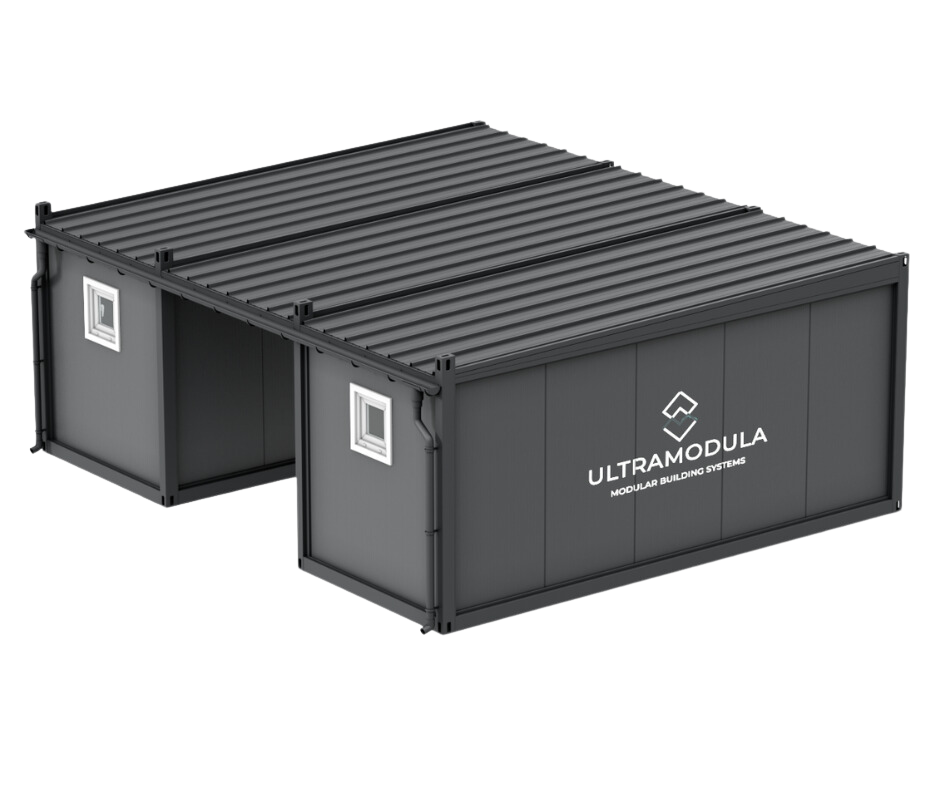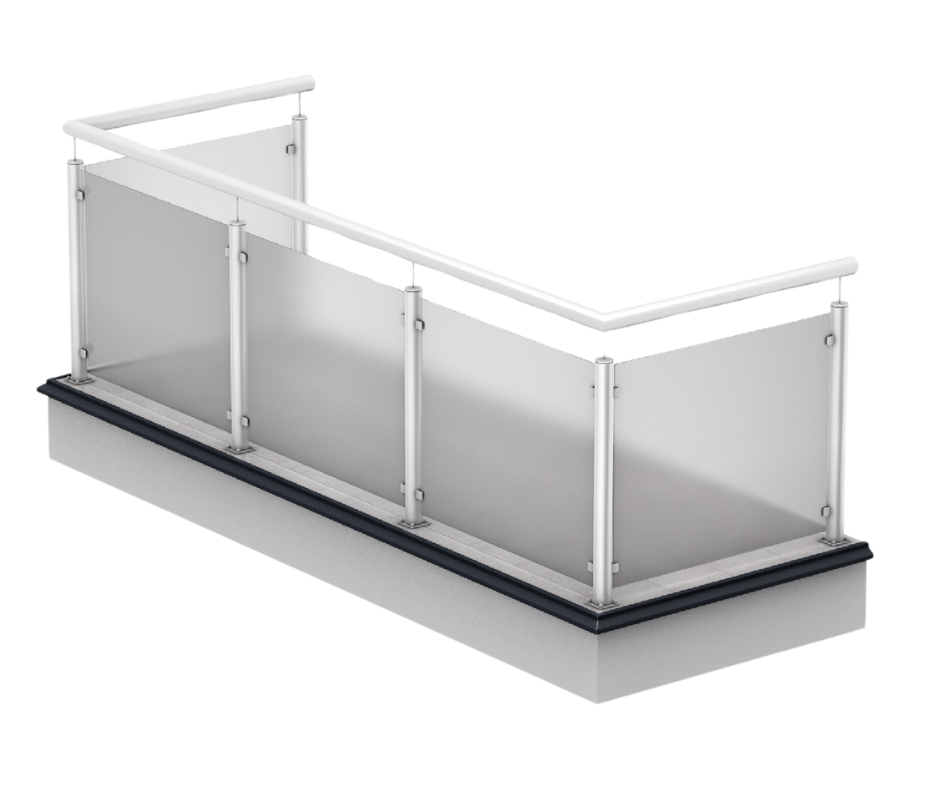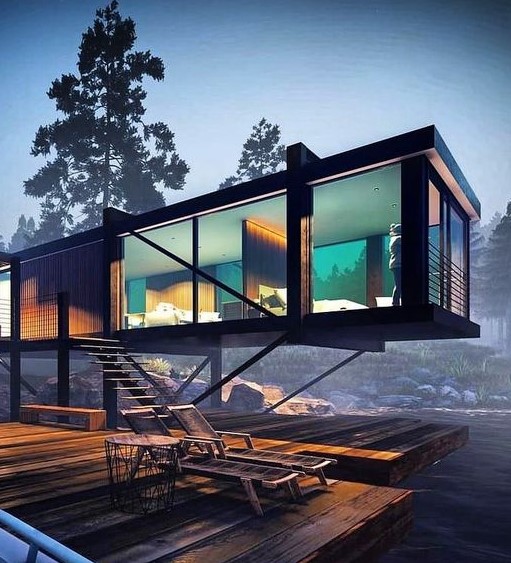
Lighting and natural light solutions in containers residential
Natural light and optimal artificial lighting are of great importance for people's health and overall well-being. Therefore, it is worth investing in appropriate lighting in our workplaces and homes and spending time outside regularly to benefit from natural light. As containers are increasingly used for both residential and commercial purposes (as offices, restaurants, shops), designing functional lighting and good access to daylight is crucial for the comfort of users.
Why is light important for health?
In addition to creating a pleasant, comfortable space for work and life, natural and artificial light influences people's health and well-being in many aspects. Starting with improving your mood, as natural light stimulates the production of serotonin, a hormone responsible for well-being and stress reduction. In turn, lack of access to it may lead to depression and other mental disorders.
However, appropriate artificial lighting in the workplace or study can significantly increase efficiency and concentration. Lack of proper lighting can lead to eye strain and reduced productivity.
It should also be remembered that improperly configured or incorrectly configured light sources may cause eye strain, headaches and other visual problems. Interestingly, natural light also cares for healthy skin and bones: it provides vitamin D, necessary for healthy skin, bones and the immune system.
Challenges related to lighting and natural light in living containers
Due to its attractive price, modularity, mobility and short implementation time residential containers have become extremely popular in recent years. They stopped being "tin guys" from the square a long time ago construction, and transformed into modern, elegant and, most importantly, fully functional domy. However, their design has certain limitations that affect, among others, solutions related to lighting and access to natural light.
Providing access to natural light
Structurally, containers are usually closed units that are intended to provide protection against weather conditions and other external factors. Therefore, the number of windows that can be placed in walls is limited. Too many windows can affect the integrity of the structure and its strength, which is a safety issue. What is important, the area and number of glazing also affect maintaining the appropriate temperature inside.
The key challenge is therefore to find a balance between good access to natural light and functionality and stability building. This means that the number of windows must be carefully considered to provide the best possible conditions for residents or users, while maintaining the integrity of the structure.
Artificial lighting design
Containers residential are often characterized by limited, highly divided space, which means that designers must use every available inch efficiently. In this context, it is important to properly select the type and arrangement of artificial light to ensure uniform lighting in each room, as well as to enable residents to best control the light points to select the lighting intensity for various activities.
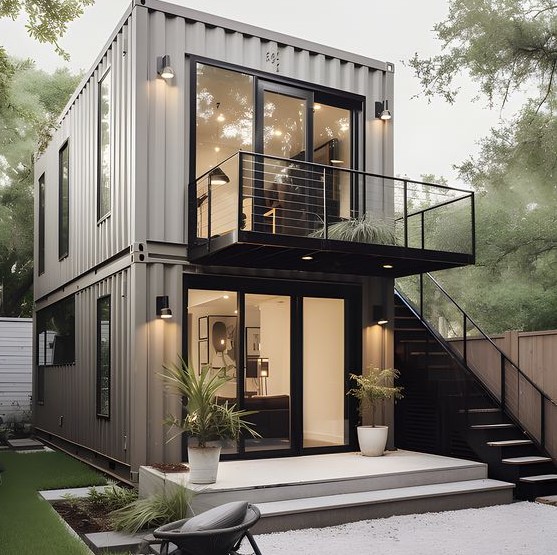
Lighting and natural light solutions in residential containers
Modern design solutions for access to natural light
Modern solutions related to lighting in residential containers include the use of "glass walls" or roof windows, which allow for maximum use of available natural light. Importantly, modern technologies in the field of energy-saving windows allow you to control both the amount of light entering and maintain appropriate thermal insulation.
- Glazed walls are one of the most impressive and effective solutions for providing as much sunlight as possible to the interior. containers residential. This solution not only provides access to a natural light source, but also creates the impression of spaciousness and prevents a small space from being overwhelming. Glazed walls are now available in various types of glass with varying degrees of transparency, which allows them to be adapted to the needs of residents and environmental conditions.
- Roof windows are another solution that is often used in residential containers. By placing windows on the roof, you can take advantage of sunlight even when containers are placed close to each other. Roof windows allow natural light to enter hard-to-reach places, such as attic bedrooms, which makes the space more comfortable and functional.
- Light reflection systems are a less known, but worth considering, concept. These solutions allow for the dispersion of natural light in the interior, eliminating shadows and excess sunlight, which translates into the comfort of residents. Thanks to various light reflection technologies, you can adjust the lighting to different times of the day and weather conditions. Such systems include, for example, light panels, i.e. plates or lampshades made of transparent or translucent material that are placed on the ceiling or walls. container residential. These panels allow natural light to penetrate the interior while dispersing it evenly. Another example is mirror installations, which use a variety of reflective surfaces to direct sunlight into the interior.
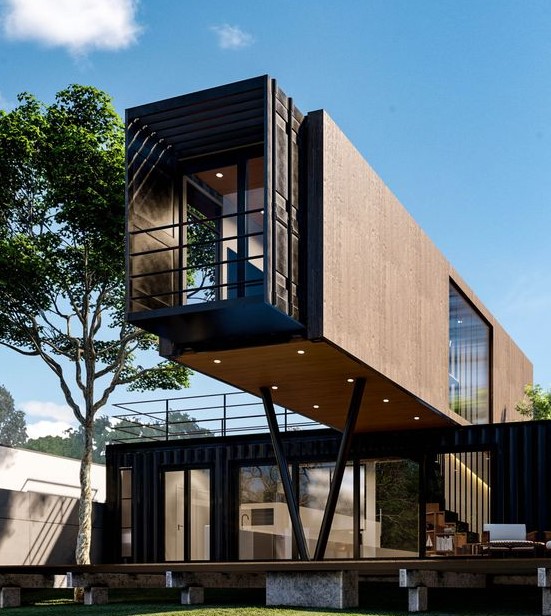
Artificial lighting solutions in residential containers
Even the best-designed glazing and systems providing access to daylight are not sufficient to illuminate residential interiors, including those in containers. Renowned manufacturers equip the facilities they produce container with modern, energy-saving and easily controllable LED lighting (light-emitting diodes). This solution is known for its unrivaled energy efficiency compared to traditional light sources such as incandescent bulbs or fluorescent lamps. This benefits both the environment and users containers. By using this type of lighting, you can save significant amounts of electricity because it emits light with much lower power consumption, which translates into lower electricity bills. Financial savings also result from the fact that LED lighting has a much longer service life compared to traditional light sources. This means that users habitable containers not only do they save on the costs of replacing light bulbs or fluorescent lamps, but they also have the certainty that their lighting will work reliably for many years.
An important advantage of this type of lighting is the ability to adjust the brightness. Thanks to appropriate controllers, container users have full control over the light intensity in the rooms. This solution allows you to adapt the lighting to various needs and situations, which is extremely important in residential interiors that perform various functions, from remote work to relaxation. Brightness control has a positive impact on the health and well-being of residents, because by adjusting the lighting intensity to the time of day or individual preferences, you can create a more comfortable and friendly living space.
It is worth using additional electronic lighting control systems that use light sensors and automatically adjust the lighting level container residential area depending on available natural light. This will save electricity by minimizing the use of artificial lighting when sufficient sunlight is available.
Maintaining balance
There is no need to convince anyone that natural sunlight is the best for human health. It is a source of vitamin D, has a positive effect on our well-being and improves the quality of sleep. However, with the modern lifestyle, it is not sufficient for everyday functioning. Therefore, when designing residential interiors, including those in containers, designers must find a golden mean between providing residents with as much daylight as possible and ergonomic artificial lighting systems.
Modern, functional interior designs in residential containers often include a large number of windows and other glazing, which allows for maximum use of natural sunlight and reduction of costs related to lighting during the day. Natural light integrated lighting systems are designed to automatically adjust the brightness of artificial lighting depending on the level of available natural light. This means that during the day, when there is more sunlight, artificial lighting can operate at lower speeds, saving energy and providing a comfortable atmosphere.
The use of modern lighting systems, especially LED lighting, in residential containers brings many benefits. Energy savings, adjustable brightness, long service life and integration with natural light are factors that make these systems an indispensable element of modern container designs. Thanks to this, residential containers are not only economical and functional, but also environmentally friendly.

